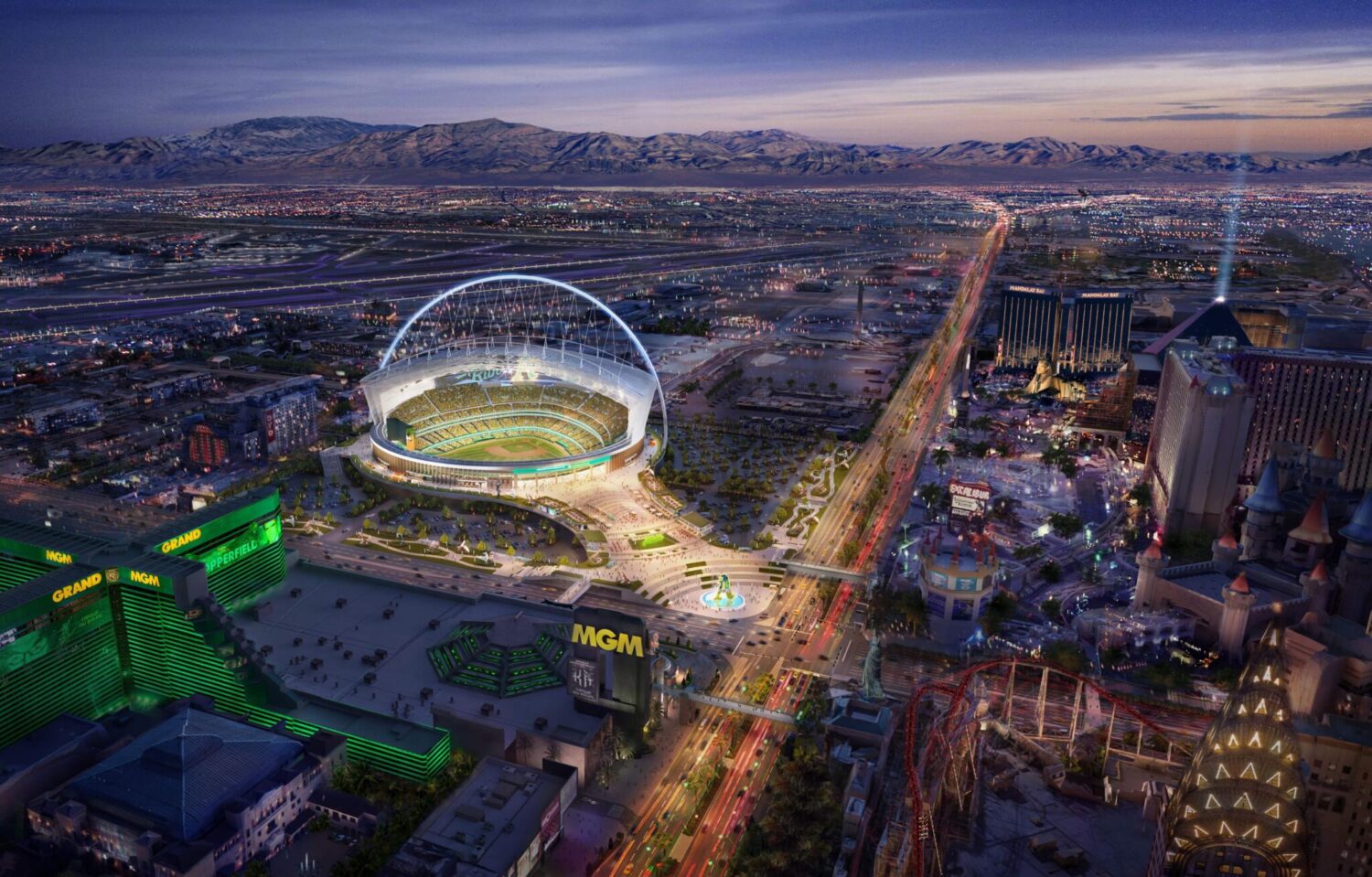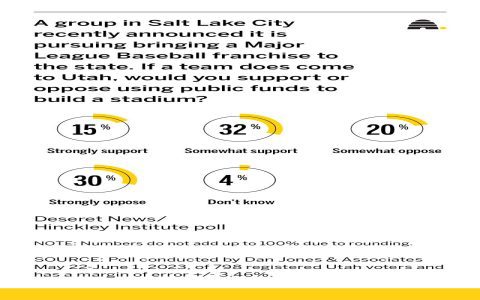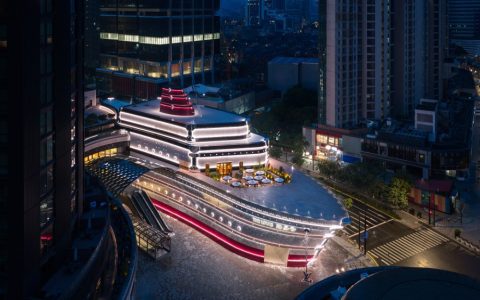Modern stadiums represent significant urban investments yielding multifaceted returns beyond sports. Here's how cities strategically benefit:
Economic Engine Activation
Stadiums serve as powerful economic catalysts:
- Job Creation: Generates thousands of jobs during construction phases and sustains hundreds in operations, hospitality, and security.
- Event-Driven Revenue: Games, concerts, and conventions draw visitors whose spending on lodging, dining, and retail creates substantial secondary economic activity with significant multiplier effects.
- Increased Property Values: Well-integrated venues frequently stimulate commercial and residential development in surrounding areas.
Infrastructure & Urban Regeneration
Stadium projects often accelerate essential city upgrades:

- Transportation Upgrades: Projects frequently trigger expansions or enhancements to public transit networks, roads, and parking solutions.
- District Revitalization: Strategic placement can transform underutilized districts into vibrant mixed-use neighborhoods, attracting new businesses and residents.
- Modernized Utilities: Development necessitates upgrades to water, sewage, power, and telecommunications infrastructure, benefiting broader communities.
Enhanced City Profile & Livability
Beyond economics, stadiums bolster civic identity and functionality:
- Branding & Tourism: Iconic venues enhance city images globally, attracting tourists, future events, and business relocations seeking dynamic locales.
- Community Hubs: Facilities host diverse public events (fitness programs, farmers markets, cultural festivals), fostering social cohesion and extending utility beyond game days.
- Quality of Life Boost: Enhanced infrastructure, public spaces, entertainment options, and economic opportunities directly improve resident well-being and city attractiveness.
Successful outcomes hinge on integrated planning, transparent financing, and ensuring broader community access and benefit from these major public-private investments.






